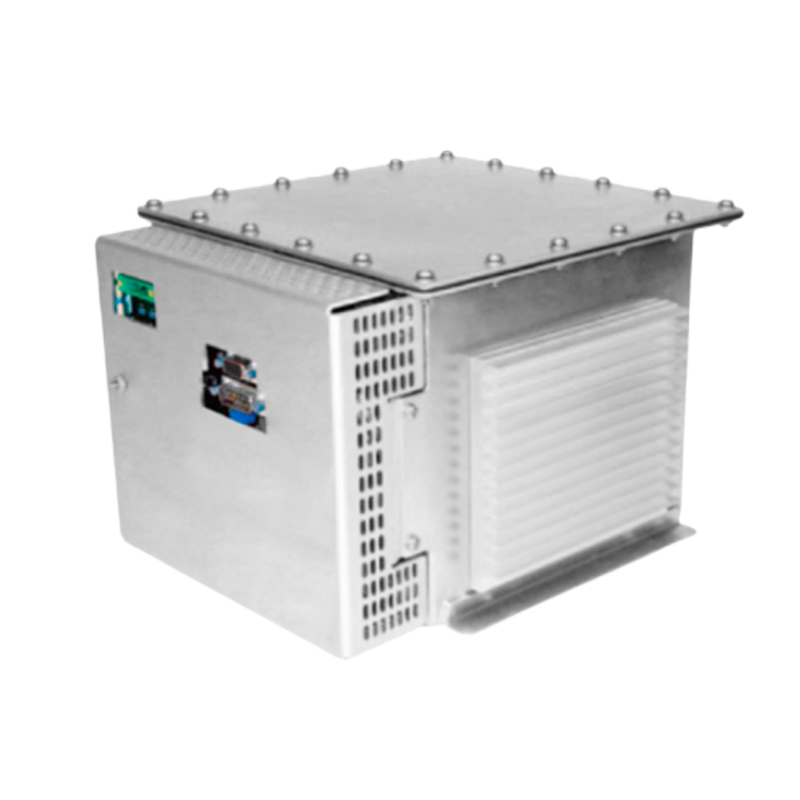The Latest Technology in Laser High Voltage Power Supplies
With the rapid development of modern technology, lasers, as important light sources, have a wide range of applications in many fields such as scientific research, industrial processing, medical treatment, military, and so on. As one of the core components of lasers, the performance of high voltage power supplies directly affects the output effect and working stability of lasers. In recent years, with the continuous emergence of new materials, new processes, and new technologies, laser high voltage power supplies have also encountered new development opportunities and technological breakthroughs.
I. Application of High-Performance Semiconductor Materials
Traditional laser high voltage power supplies mostly use silicon-based semiconductor materials, but their performance in some aspects has been difficult to meet the needs of modern lasers. In recent years, the rise of wide bandgap semiconductor materials such as gallium nitride (GaN) and silicon carbide (SiC) has provided new possibilities for the performance improvement of laser high voltage power supplies. These materials have higher breakdown voltage, lower conduction loss, and better thermal stability, enabling high voltage power supplies to run stably at higher working voltages while reducing overall power consumption.
II. Integration of Intelligent Control Technology
With the rapid development of artificial intelligence and Internet of Things technology, intelligent control technology has gradually been introduced into the design of laser high voltage power supplies. Through built-in microprocessors and sensors, high voltage power supplies can real-time monitor key parameters such as output voltage, current, and temperature, and dynamically adjust according to actual needs. This intelligent control not only improves the working efficiency of the power supply but also enhances its safety and reliability.
III. Progress in High-Efficiency Power Conversion Technology
Power conversion efficiency is an important indicator to measure the performance of high voltage power supplies. In recent years, the application of new high-efficiency power conversion technologies such as resonant converters and quasi-resonant converters has significantly improved the conversion efficiency of laser high voltage power supplies. These technologies optimize circuit topology and control strategies to reduce energy loss during the conversion process, thereby improving overall energy efficiency.
IV. Trend of Compact and Modular Design
With the continuous pursuit of volume and weight in modern electronic products, laser high voltage power supplies also show a trend of compact and modular design. Through the use of highly integrated components and advanced packaging processes, high voltage power supplies can achieve high performance and reliability in a limited space. At the same time, modular design makes the maintenance and upgrade of the power supply more convenient, reducing the user's subsequent input cost.
V. Emphasis on Electromagnetic Compatibility
In the modern complex electromagnetic environment, the electromagnetic compatibility (EMC) problem of laser high voltage power supplies is becoming increasingly prominent. In order to ensure that the power supply can still work stably under various electromagnetic interferences, designers have made many optimizations in terms of power supply structure layout, filter design, and grounding treatment. These measures effectively reduce the electromagnetic interference of the power supply to the external environment and also improve its own anti-interference ability.
In summary, the latest technological development of laser high voltage power supplies is reflected in many aspects, including the application of high-performance semiconductor materials, the integration of intelligent control technology, the progress of high-efficiency power conversion technology, the trend of compact and modular design, and the emphasis on electromagnetic compatibility. The continuous innovation and application of these technologies will provide strong support for the further development of lasers.




















